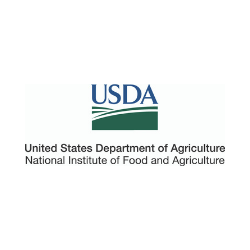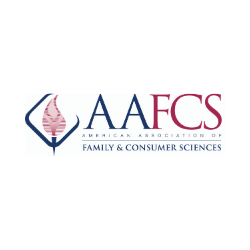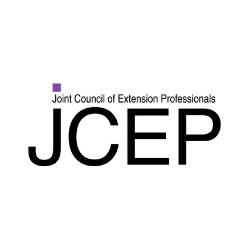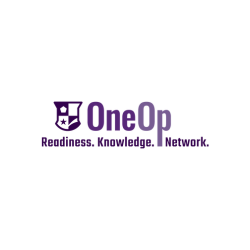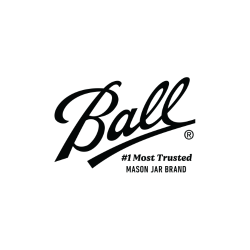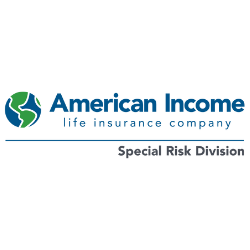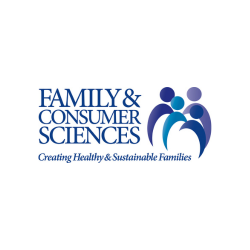NEAFCS Endowment Grant ResourcesExamples from endowment recipientsNorth Dakota state university extensionRepresentative Contact Information Website: Project Title: Exploring Regional Extension Teamwork and Best Practices Project Synopsis: Cooperative Extension, through the Smith-Lever Act of 1914, has provided home food preservation information and education for more than 100 years. As many states have undergone staffing changes and program realignments, Extension’s role in home food preservation education has changed through the years. The overall goal of this proposed project is to assist NEAFCS affiliate groups to create regional teams to implement Extension FCS networks. While our focus is on food preservation, this model could be used for other topics among our NEAFCS colleagues. Why form a regional Extension group?
Resources:
ILLInois EXTENSION Representative Contact Information Website: Project Title: Interdisciplinary Disaster Preparedness Workshops Project Synopsis: The impacts of a disaster on a community can be devastating. A multidisciplinary team at University of Illinois Extension connected Illinois residents with disaster resources through a webinar series, social media campaign, and in-person workshops to help people develop a preparedness mindset and the ability to recover faster after disaster. Why Disaster Preparedness: A natural or manmade disaster can affect all facets of a community and disrupt the local economy. The impacts on individuals and families can be especially traumatic. The links between economic resilience and the ability to prepare, respond, and recover from a disaster event are clear. An emerging approach to disaster preparedness and response, community resilience, encompasses individual preparedness as well as establishes a supportive social context in communities to withstand and recover from disasters. Three years after the September 11 attacks in 2004, the Federal Emergency Management Agency (FEMA) created the National Emergency Preparedness Month (September). Managed by FEMA’s Ready Campaign, the month encourages people to plan for emergencies. With the incidences of natural disasters rising year after year, it’s advised that every citizen prepare themselves for the unavoidable. The more people that are prepared, the faster a community can recover after a disaster. Resources:
|

